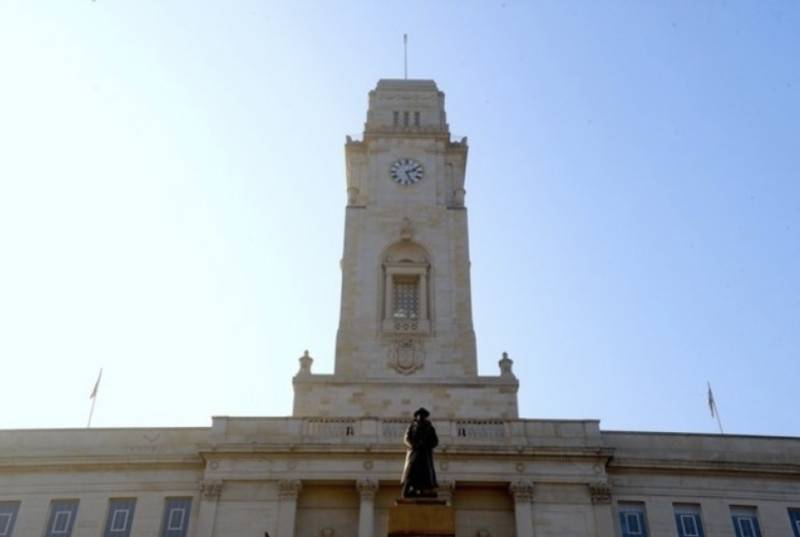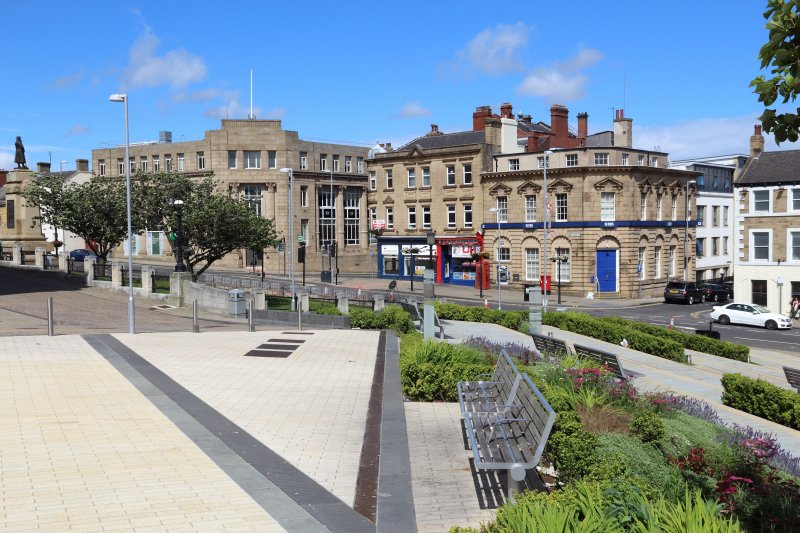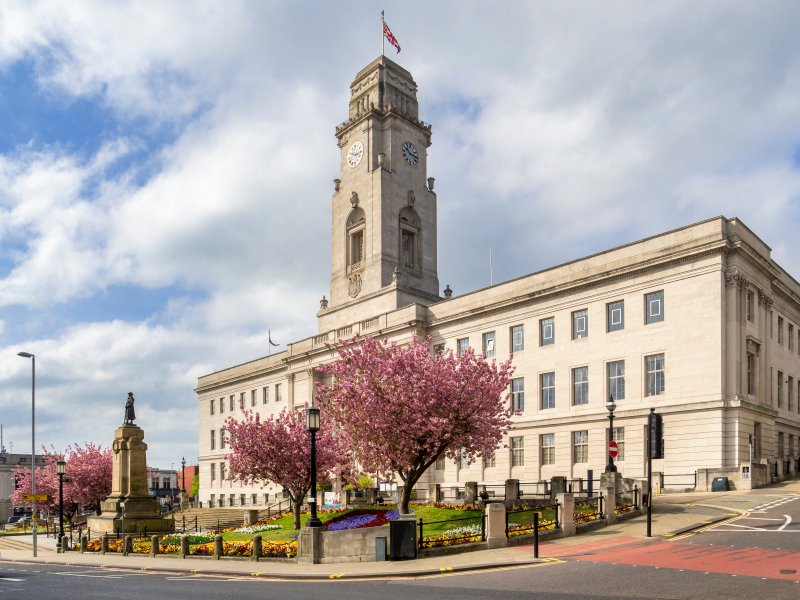A MULTI-MILLION pound project which will see scores of roads and footpaths receive a raft of improvements over the next three years has been revealed by Barnsley Council.
A total of £13.2m has been allocated for a host of projects in 2020/21, according to a cabinet report, with a projected £9.9m and £8m more in 2021/22 and 2022/23 respectively.
Senior councillors were due to approve the package this week – something which has been postponed due to council meetings being cancelled as a result of the coronavirus outbreak – but it’s expected the local authority’s highways capital programme will be signed off.
It includes work to carriageways and bridges, drainage, traffic signals, road restraint systems, footways, cycleways, street lighting, road signs and markings.
More than £6m – funded jointly from the council’s own reserves and the Department for Transport – will go towards general maintenance work this financial year, with a further £1m allocated to improve waterway gullies blamed for exacerbating flooding issues in November last year and February.
The report, released this week, said: “In November 2019, following a succession of wet months during the summer and autumn, these wet conditions meant that the ground was already saturated at the start of November preventing rainfall from infiltrating into the ground.
“This meant that throughout the winter months there has been a significant amount of run-off from adjacent land, and on to the highway. This was the case in February, when storms Ciara and Dennis hit the region and remains the situation to date.
“The council recognises the vital importance of the highway drainage asset, especially the additional strain in times of flooding. In order to ensure that the highway drainage asset is operating as efficiently as possible, the council is investing an additional £1m to proactively repair and improve the drainage asset, such as gully investigation, combined drainage and kerb block investigation, pipework and the securing of data about the drainage asset.
“Undertaking these proactive improvements will reduce the amount of reactive work, allowing more forward-thinking programming of focused work.”
Elsewhere, work on the A628 and the Chestnut Tree’s roundabout, in Barugh Green, which each receive a combined £2m to boost the flow of traffic on two key routes into Barnsley.
The report, released this week, said: “Throughout the year members of the public report defects on carriageway. These defects are visited by a highway inspector who determines if the defect is what is known as a category one defect, which means that it requires a response within 24 hours.
“Other, less urgent, defects are included on a schedule of potential sites for future remedial treatments. These less urgent defects, together with the results of scanner surveys, form the list of potential sites that require remedial treatment through the capital programme works.
“Each site is visited to determine the most appropriate treatment – this could be plane-off and resurface, patching, surface dressing or retread.
“The process of determining the most appropriate treatment is not yet complete for the potential sites for 2020/21 but the potential sites have been agreed and will be prioritised within the resources available.”
According to the report, more than 50 streets across the borough have been earmarked for improvements, as well as 30 footpaths.
It added: “The highway asset is the single highest value asset the council owns. The last reported gross replacement cost for the entire asset was £2.1bn.
“The proposed programme of works and investment in the highway network will have an impact on a significant number of highway users within the borough, but the investment in the highway network will make it more sustainable in the longer term and provide a better experience for highway users.”
Cabinet spokesman Coun Tim Cheetham added: “The interventions seek to increase overall levels of public transport usage, increase the numbers of people walking and cycling, and have a positive impact in time over congestion, meet air quality targets and improve the health and well-being of residents.
“It is a major step change in the direction to encouraging active travel and modal shift throughout the borough, and this could impact on the traditional car user, traffic and car journey times.”


















